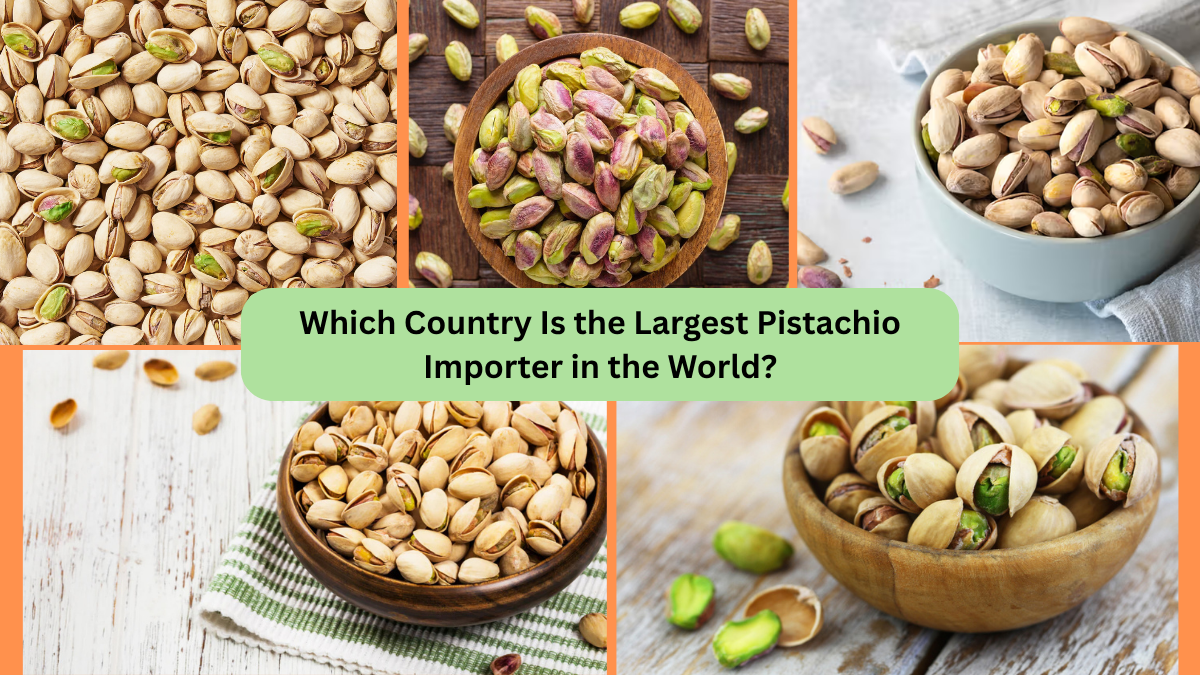Few foods carry the rich history, culinary versatility, and health benefits of pistachios. Revered as a symbol of wealth and hospitality in ancient Persia, and now beloved as a global super-snack, pistachios have found their way into the daily diets and festive tables of people all over the world. While countries like the United States, Iran, and Turkey are leading producers, other nations fuel this booming trade through voracious imports. So which country stands as the largest importer of pistachios in the world today? Let’s dive deep into the numbers, trends, and reasons behind the world’s pistachio trade.
The Global Pistachio Industry at a Glance
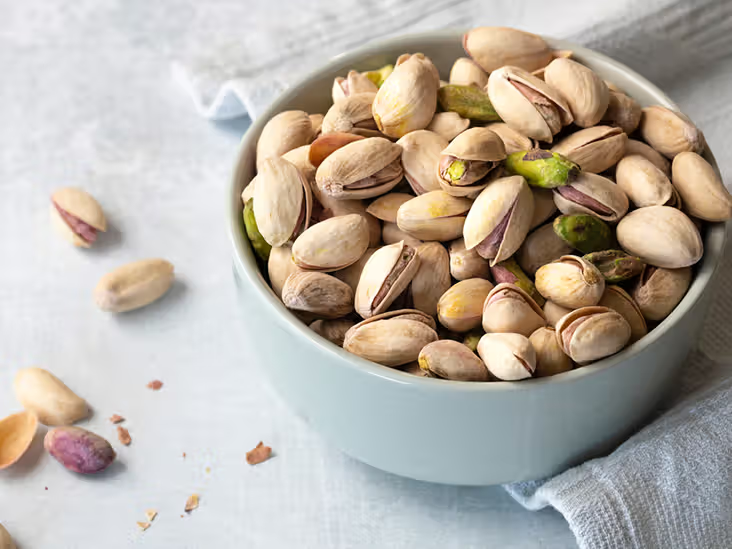
Before we identify the top importer, it’s worth understanding the broader pistachio landscape. In recent years, global pistachio production has surpassed 1 million metric tons annually, with the United States, Iran, and Turkey contributing over 85% of this total. While these nations cultivate and export vast quantities, consumer markets in Europe, Asia, and the Middle East eagerly absorb them.
Why are pistachios so globally popular? Beyond their delightful flavor and crunchy texture, pistachios are prized for their impressive health profile: rich in protein, fiber, antioxidants, and healthy fats. From gourmet desserts and traditional dishes to trendy health snacks, demand has only intensified worldwide.
European Union: The World’s Largest Pistachio Importer
As of the latest available trade data, the European Union (EU) collectively holds the title of the largest pistachio importer in the world. In 2023, EU member states imported approximately 92,000 to 135,000 metric tons of pistachios — a figure that easily surpasses any other market.
Why Does the EU Lead in Pistachio Imports?
Several reasons explain Europe’s dominant position:
- Culinary Tradition: Mediterranean and Middle Eastern-influenced cuisines heavily feature pistachios in pastries, confections, salads, and savory dishes.
- Strong Consumer Affluence: Countries like Germany, Italy, France, and Spain boast high per capita incomes and a market eager for premium, health-focused snacks.
- Health Trends: Increasing consumer awareness of plant-based proteins and heart-healthy snacks has driven pistachio consumption in both raw and processed forms.
Among EU nations, Germany, Italy, and Spain are the largest individual importers, consistently topping the charts in both volume and value.
China: A Fast-Rising Contender
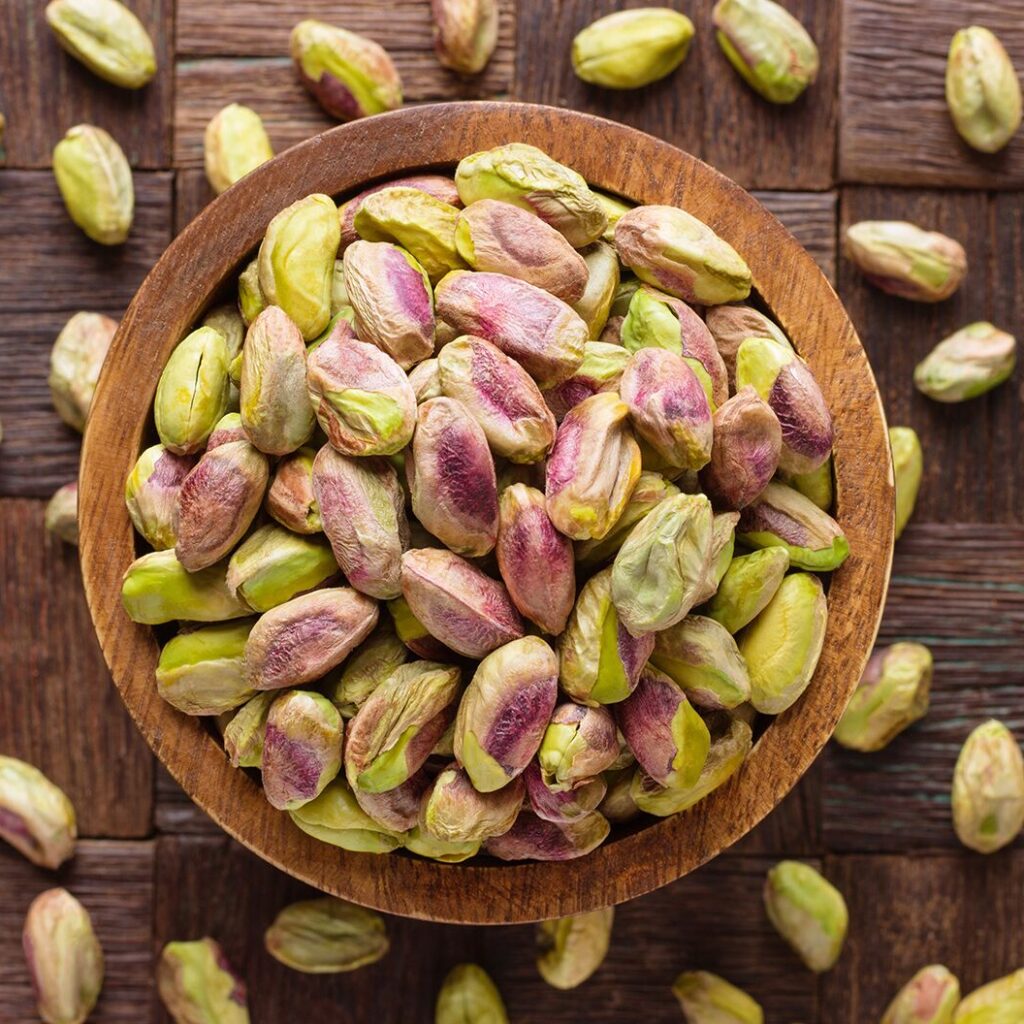
A close runner-up, China has rapidly become one of the world’s largest pistachio markets. In recent years, China’s imports have surged, reaching over 73,000 metric tons in 2023 and showing continued upward momentum.
Key Drivers of China’s Pistachio Boom:
- Trade Agreements: The U.S.–China trade pact of 2020 significantly reduced tariffs on American pistachios from 125% to 10%. This dramatically boosted U.S. exports to China, with values rising from $42 million in 2017 to over $840 million in 2024.
- Growing Middle-Class Demand: China’s expanding urban middle class is increasingly health-conscious and values premium, imported snacks.
- Cultural Preferences: Pistachios are popular during festivals like the Lunar New Year, symbolizing good luck and prosperity, further driving seasonal demand.
China is expected to eventually surpass Europe as the top importer if current trends continue.
Other Major Pistachio Importers
Germany
Within Europe, Germany stands as the largest national importer, bringing in around 43,000 to 62,000 metric tons annually. Germans enjoy pistachios in everything from health snacks to desserts and gourmet dishes. Demand has steadily risen, reflecting the country’s growing preference for plant-based and nutrient-rich foods.
Turkey
Though Turkey is one of the top pistachio producers globally, it is also a significant importer — with approximately 38,000 to 44,000 metric tons imported in 2023. This is partly because domestic production sometimes falls short of consumption, especially during poor harvest years. Turkish cuisine famously features pistachios in baklava, ice cream, and countless regional dishes.
India
India is quickly emerging as one of the fastest-growing pistachio importers. The country imported nearly 29,000 to 36,000 metric tons in 2023, reflecting a strong market for both snacking and festive gifting. Indian consumers are becoming increasingly health-aware, and pistachios are popular during festivals like Diwali and weddings.
Italy
Italy remains a traditional and significant market for pistachios, importing around 27,000 to 32,000 metric tons annually. Though Italy grows its own premium pistachios (notably in Bronte, Sicily), imports are necessary to meet the high demand for pistachio gelato, pastries, and pasta sauces.
Middle Eastern Markets
Countries like the United Arab Emirates, Saudi Arabia, Egypt, and Iraq consistently rank among the top pistachio importers. These nations have deep culinary traditions that use pistachios in sweets, rice dishes, and hospitality rituals.
Global Pistachio Trade Statistics
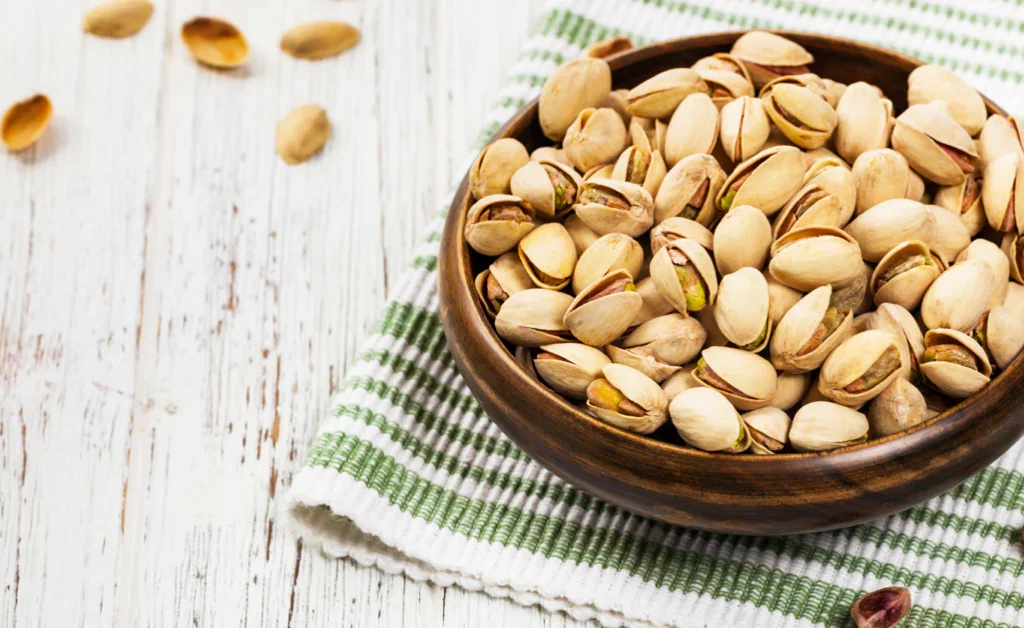
| Rank | Country / Region | Annual Import Volume (MT) | Approximate Value (USD) |
|---|---|---|---|
| 1 | European Union | 92,000 – 135,000 | $850M – $1.2B |
| 2 | China | 73,000+ | $460M+ |
| 3 | Germany | 43,000 – 62,000 | $425M |
| 4 | Turkey | 38,000 – 44,000 | $300M+ |
| 5 | India | 29,000 – 36,000 | $210M |
| 6 | Italy | 27,000 – 32,000 | $300M |
| 7 | UAE | 15,000+ | $150M |
| 8 | Saudi Arabia | 14,000+ | $140M |
Note: Volumes and values based on 2022–2023 averages.
Why Pistachio Demand Keeps Growing
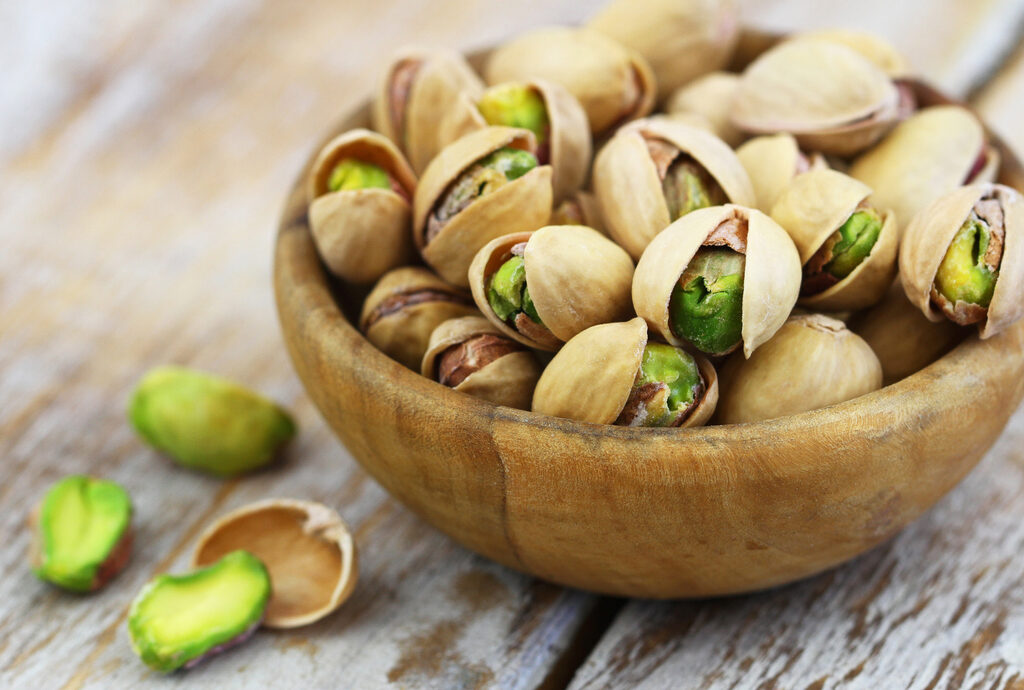
Several global trends are fueling the pistachio trade:
- Health and Wellness Movement: Pistachios are rich in protein, fiber, antioxidants, and heart-healthy fats, making them a favorite in the clean-eating community.
- Culinary Versatility: Beyond snacking, pistachios are used in gourmet cooking, desserts, ice creams, and savory dishes.
- Cultural Significance: In many countries, pistachios are symbolic gifts during holidays and celebrations.
- Trade Agreements: Recent trade deals and tariff reductions have significantly opened up markets like China and India to American and Turkish pistachios.
Future Outlook
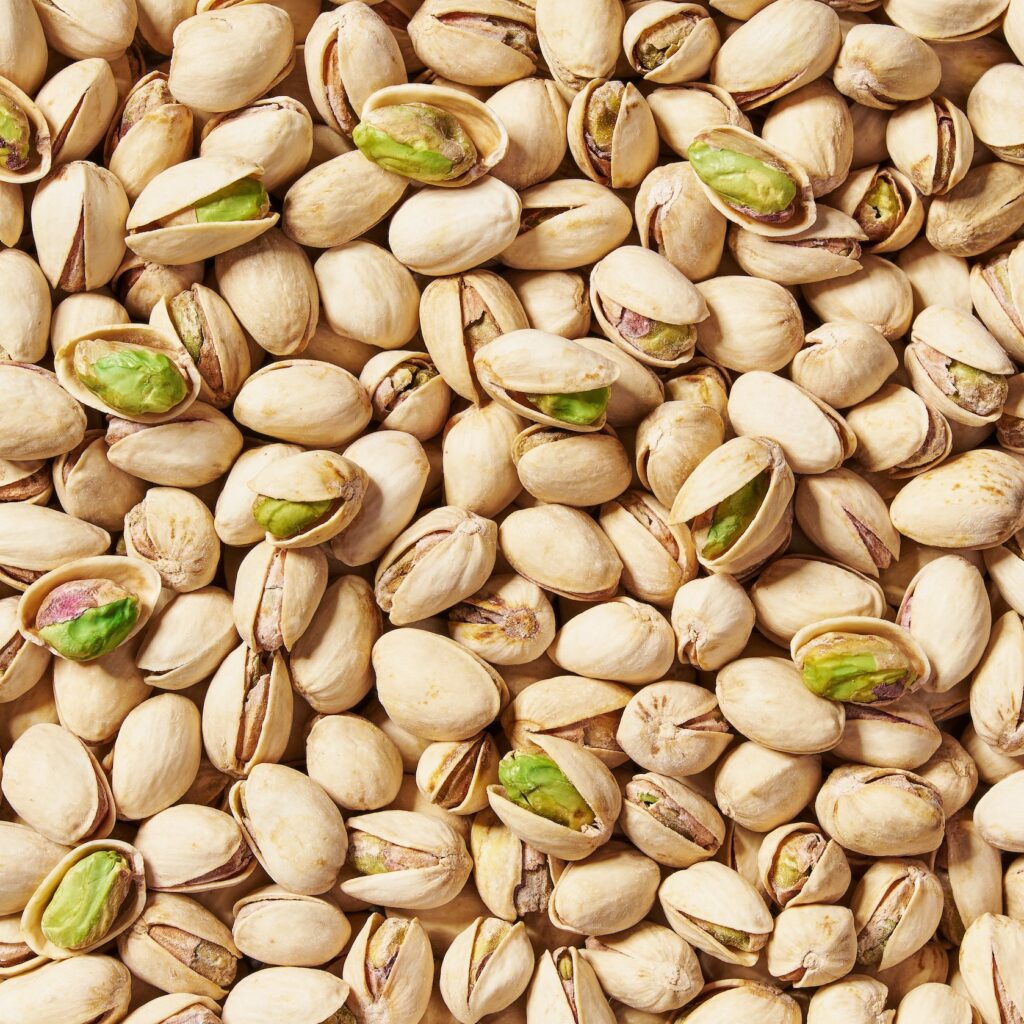
The global pistachio market is projected to maintain strong growth, driven by:
- Increasing demand in emerging markets like India, Vietnam, and South Korea.
- Expanding health food trends in Europe and North America.
- Growing awareness of pistachios’ nutritional benefits.
- Rising production in the U.S. and Turkey, ensuring supply meets demand.
China and India are especially poised to increase their import volumes, while Europe remains a reliable and mature market for high-value pistachio imports.
Conclusion
When it comes to pistachio imports, the European Union clearly leads the world, driven by culinary traditions, health trends, and affluence. China follows closely, having experienced one of the fastest growth rates in recent years. Other key players like Germany, Turkey, India, and Italy each contribute to a dynamic and expanding global pistachio market.
As health-conscious eating and gourmet food trends continue, global demand for pistachios is likely to climb even higher — ensuring this ancient nut remains a modern-day favorite across continents.
